Hydrogen Peroxide as a soil drench to kill pests
mizzella
16 years ago
Featured Answer
Sort by:Oldest
Comments (7)
jean001
16 years agoRelated Professionals
Dixon Landscape Contractors · Dudley Landscape Contractors · East Lake-Orient Park Landscape Contractors · Fort Atkinson Landscape Contractors · Galveston Landscape Contractors · Harrisburg Landscape Contractors · Haverhill Landscape Contractors · Hickory Hills Landscape Contractors · Roseville Landscape Contractors · Shaker Heights Landscape Contractors · Spring Landscape Contractors · Vacaville Landscape Contractors · York Landscape Contractors · Winter Gardens Landscape Contractors · Norridge Landscape ContractorsKimmsr
16 years agoronalawn82
16 years agojean001
16 years agoshminny1421_msn_com
13 years agokabechetae
2 years ago
Related Stories

HOUSEPLANTS8 Houseplants You Can't Kill
They're forgiving and let you forget. Houseplants don't get any easier than this
Full Story
GARDENING GUIDESCommon Myths That May Be Hurting Your Garden
Discover the truth about fertilizer, soil, staking and more to keep your plants healthy and happy
Full Story
GARDENING GUIDESTree Care: Common Tree Diseases and What to Do About Them
Learn to recognize trees that may be affected by diseases or pests so you can quickly take action
Full Story
CONTAINER GARDENSSolve Your Garden Border Dilemmas With Planted Pots
Set your containers free from the patio — placed among plantings in the ground, they fill unsightly gaps, let you experiment and more
Full Story
HOUSEPLANTSMeet a Long-Lasting Houseplant With a Forgiving Heart
Low light and little watering won't scar Zee Zee plant for life; this East Africa native has a tolerant nature and an exotic beauty
Full Story
SAVING WATER6 Reasons Why You Should Save Your Rainwater Now
Collect and store during the rainy season so you’ll have water ready for irrigation when you need it
Full Story
EDIBLE GARDENSHow to Grow Your Own Sweet Summer Crops
This guide will help any gardener get started on growing the freshest warm-season veggies and berries for summer
Full Story
HOUSEPLANTSIndoor Winter Gardens for Cheerier Days
Bring plants inside for drab-days mood boosting — not to mention cleaner indoor air and protection for your greenery
Full Story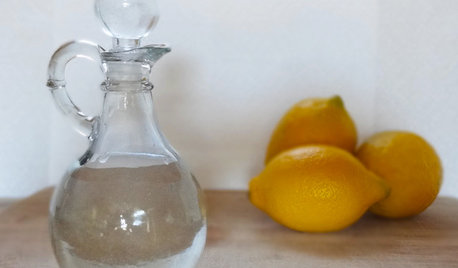
HOUSEKEEPINGVinegar and Voilà: Clean Your House the Natural Way
Ditch the commercial cleaners for nontoxic, inexpensive and versatile white vinegar
Full Story
HOUSEKEEPINGHow to Clean and Care for Your Mattress
See what the experts recommend to protect your mattress from dust, moisture and stains
Full Story





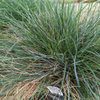
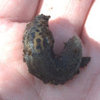
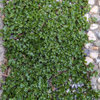
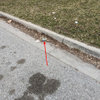
rhizo_1 (North AL) zone 7